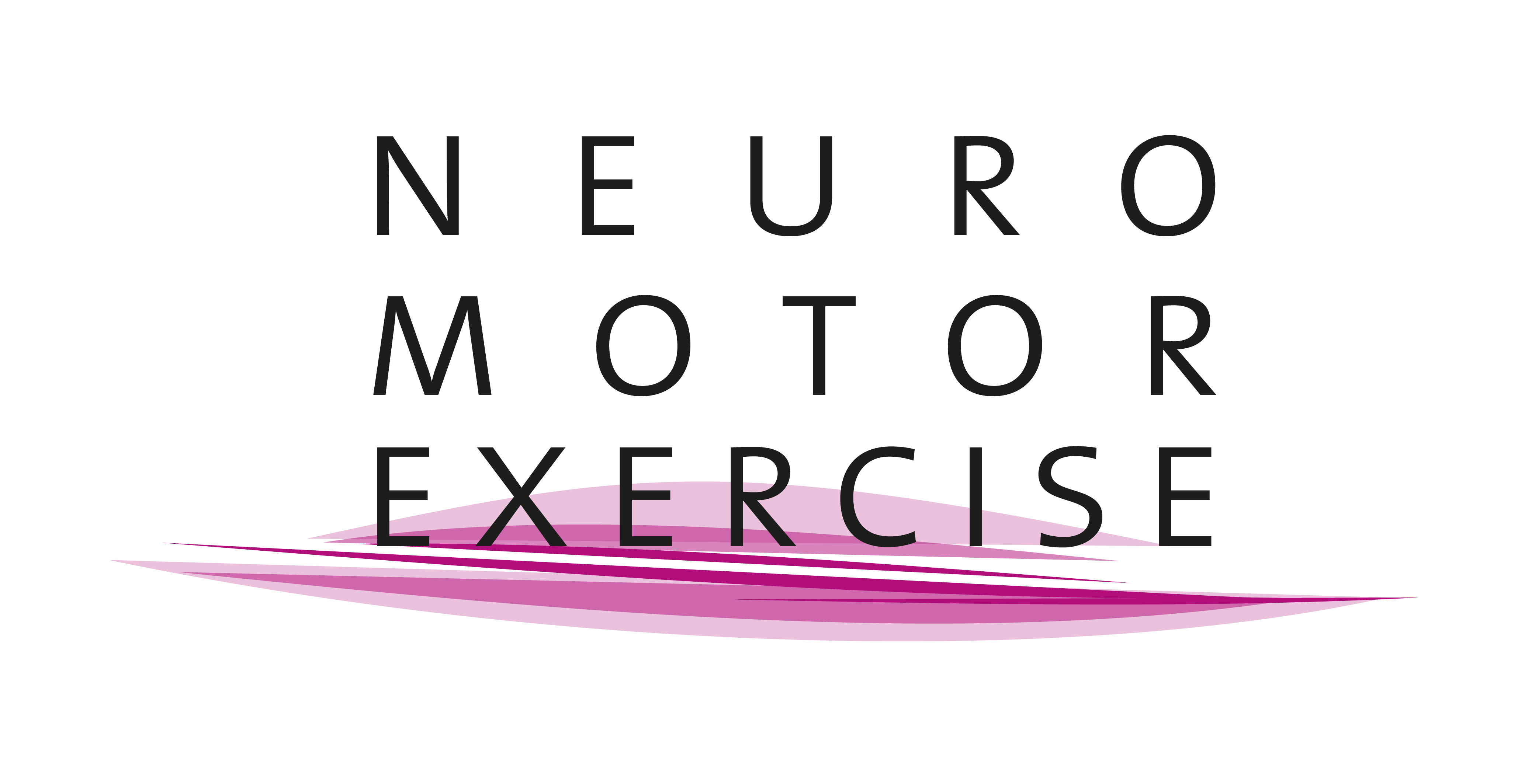Project Partner University of Twente

Who are we?
The Biomedical Signals and Systems (BSS) group of the Faculty of Electrical Engineering, Mathematics, and Computer Science at the University of Twente is a multidisciplinary group located in Electrical Engineering, focused on finding solutions to medical challenges through signal and system analysis. Advanced (ambulatory) sensor technology, combined with our broad knowledge of the human body as a dynamic system, enables (eHealth) technology to improve the prevention, diagnosis, and treatment of sensory, motor, and internal dysfunctions in clinical and home/self-care settings. Our research helps improve the quality of life for the elderly, people with chronic diseases, and rehabilitation patients. We collaborate with many external partners from the clinical, academic, and industrial fields, such as ZGT, MST, St. Antonius, CHDR, Roessingh, Movella, and TMSi. Our research program is embedded in the Techmed Center and, for eHealth, also embedded in the Digital Society Institute. BSS coordinates modules for several bachelor programs, including Biomedical Technology, Technical Medicine, and Creative Technology, and contributes to various bachelor and master programs.
What do we do?
The UT takes the lead in implementing the participatory approach. The participatory approach forms the basis for the iterative development and evaluation process. Users specify the requirements for the development process, based on which the prototype is adjusted accordingly and then evaluated. Customized requirements are then created by the users, and the process is repeated to ensure high usability and functional efficiency of the system. The participatory approach is supported by all associated partners, including the two Parkinson networks, RU, and Radboudumc. Various aspects of the prototype will be evaluated. In the context of such an innovative and complex development process, this comprehensive evaluation (and preparation) is of great importance. At UT, the evaluation, in close collaboration with MST, primarily takes place in a clinical context based on regular contact with patients. This includes aspects such as usability, cleaning and sensitivity, as well as material allergies, wearing comfort, effectiveness in reducing Freezing of Gait (FOG), and other aspects. Some aspects have already been evaluated during the development of the experimental prototype at MST and are discussed in regular workshops and considered for hardware and sensor development. Interviews are also conducted with patients, for example, to identify common problems.


